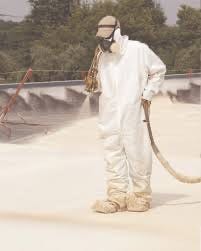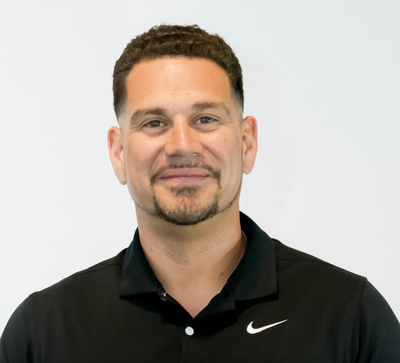Why SPF Wins in Commercial Roofing
Learn why spray polyurethane foam makes the most sense when it comes to commercial roofing projects.

We all know that spray polyurethane foam (SPF) and thermoplastic polyolefin (TPO) are among the most widely used roofing systems for commercial and industrial buildings today. We know that currently TPO wins the popularity contest, is considered more ��“aesthetically pleasing” (although beauty is, as they say, in the eye of the beholder) and, for some architects and roofing contractors, is almost a tradition. TPO also—at first glance—seems to be the most economical.
But is it really?
As a seasoned entrepreneur, roofing specialist—and owner of SherFire Seamless Systems and Roofers Helping Roofers—I have over a decade’s experience with commercial low-slope roofs, specializing in large commercial/industrial buildings and apartment complexes. In a head-to-head match-up between TPO and SPF, I’ll take SPF nearly every time.
WATER IS NOT OUR FRIEND
SPF is waterproof—as opposed to just water-shedding (like TPO). Why does that matter? It’s all about preventing water damage beneath the roof system. Because SPF is a closed-cell foam that cures into a plastic, it doesn’t allow—in the vast majority of cases—moisture intrusion or damage to the interior beneath the roofline. That’s one of the reasons SPF and Coating Systems warranties protect against standing water. TPO warranties don’t.
 FEWER CHANCES TO FAIL
FEWER CHANCES TO FAIL

TPO roofing has seams and fasteners; in short, it has a myriad of opportunities to fail at its main job of keeping out water. Because SPF is monolithic (a fancy way of saying “seamless”), self-flashing and custom-fitting, it’s basically component-less.
The more components, the more chances for the dreaded water intrusion. TPO has lots of components.
THE VALUE OF “R”
The R-value is the way a material’s thermal resistance—or energy efficiency—is measured, and it’s considerably higher (which means better) for SPF than TPO. Even with the ISO board typically used with TPO, the R-Value is only about 5.5 per inch. SPF’s R-value is approximately 6.9 per inch. That’s better. It’s also more cost- effective and—depending on the state you live in—energy star rated coatings used on the SPF to protect it from the sun may even qualify you for tax credits. Which makes SPF even more valuable.
EASIER TO FIX, CHEAPER TO MAINTAIN
SPF—with its fewer (as in “zero”) components—has fewer chances to fail than TPO, which means less of a chance it’ll need repair. When something does go wrong, the fix for an SPF is often as simple as recoating the affected area. With a TPO roof, it can be much more complicated. There can be welding involved. It can get expensive.
Maintenance to an SPF roof is also much simpler than with a TPO and is considered “preventative maintenance.” Most municipalities don’t require permits for SPF restorations, as there’s usually not the resultant debris to haul off to the landfill. As far as I know, South Florida is one of the only places where you’ll need a permit, but that’s only for the initial SPF restoration.
The above are just a few of the reasons I’ll almost always recommend SPF roofing over TPO. It’s also up to 50% quicker to install/apply, more durable, and can be covered by a 20-year full-system warranty for less than a comparable warranty for a TPO roof.
More cost-efficient; easier to repair and maintain and more durable. When you weigh all the evidence, I’ll put my money on SPF nearly every time.
About the Author(s)
You May Also Like




